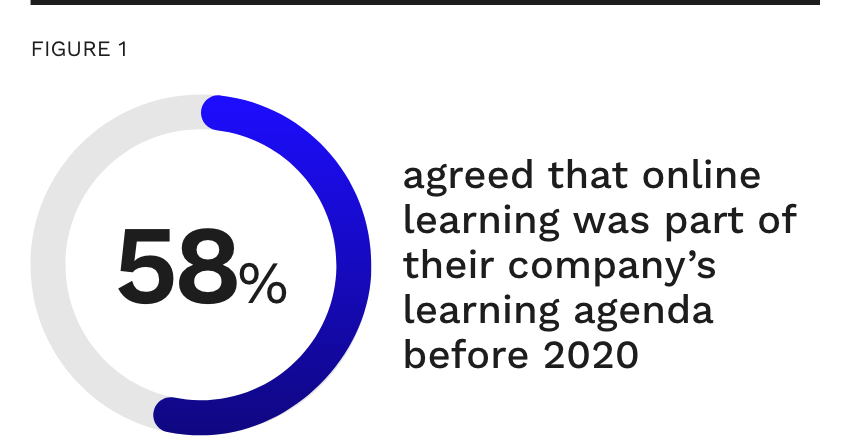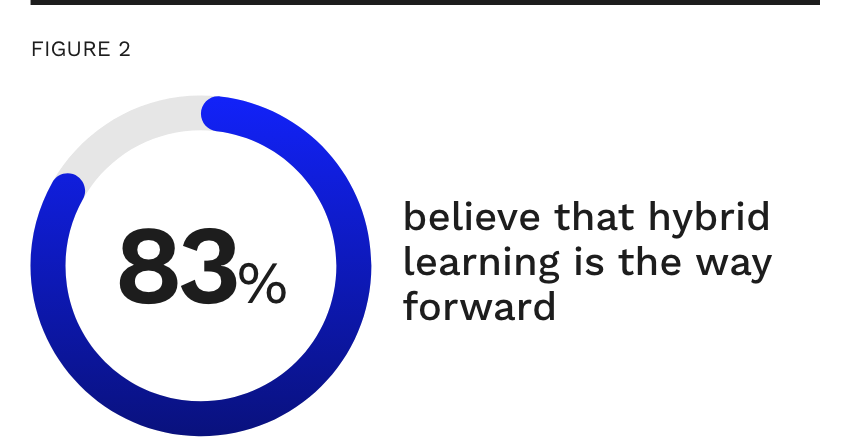What Have We Learned About Learning
Leadership Survey

istock.com/onurdongel
5 March 2023
While learning and development have always been considered important for the success of an organization, their significance today has grown massively.
In the present scenario, and more importantly, in the future of work, learning, and development is essential to ensure that employees are equipped with the knowledge, skills, and competencies required to meet the increasingly complex demands of the next generation of work.
However, despite understanding the critical role of L&D, 50% of our respondents admitted to not having a well-defined learning agenda within their organization.
After the first half of 2020, it became clear that HR and business leaders will benefit from having a strong employee development agenda & strategy in place. In essence, this meant that companies would need to invest in virtual training platforms, and tools, or rely on new sources to continue delivering learning and development opportunities. At the same time, companies would also have to adopt more flexible learning strategies to encourage more learning and allow employees to learn at their own pace and in their own time. Since the pandemic, leaders in organizations have had to be more creative in their approach to learning, using different methods—like gamification, microlearning, and more, to keep their employees engaged.

The Post-Pandemic Outlook
In the post-pandemic world, life and learning have both changed dramatically. Economic shifts, geo-political tensions, individual fears related to the threat of global recession, inflationary risks, and the growing challenge of climate change — each of these factors have molded the decisions and actions of leaders across the world.
In the face of these challenging times, what will be the way forward for workplace learning? The answer is unanimous.

Hybrid learning has proved to be an effective, practical, and efficient way to provide employees with the learning and growth opportunities they need, and it is here to stay. According to 83.33% of our respondents, hybrid learning—a mix of online and offline learning tools and opportunities—is the future of L&D in the workplace. Close to 17% of those surveyed also believed that virtual learning is not only here to stay but will grow to be the only form of learning available to employees.
From our survey, we have also learned that HR and business leaders have realized that it is not enough to have internal employees as trainers. While intra-organization knowledge-sharing must be encouraged, it is also beneficial to tap external sources. Qualified external trainers, whether it is individuals or professional training companies, can help add value by broadening the learning horizon for employees.

What is the takeaway?
Organizations, regardless of their sector, must focus on building and nurturing a culture of continuous learning. Given the rapid pace of technological advancements and the changing nature of work, it is essential that employees continually update their skills to remain relevant in the workplace. An organization is its people. Leaders need to invest in lifelong learning programs, encourage employees to pursue certifications, attend webinars, and be proactive about collaborating with external trainers and training platforms—but more importantly, they must lead by example.








